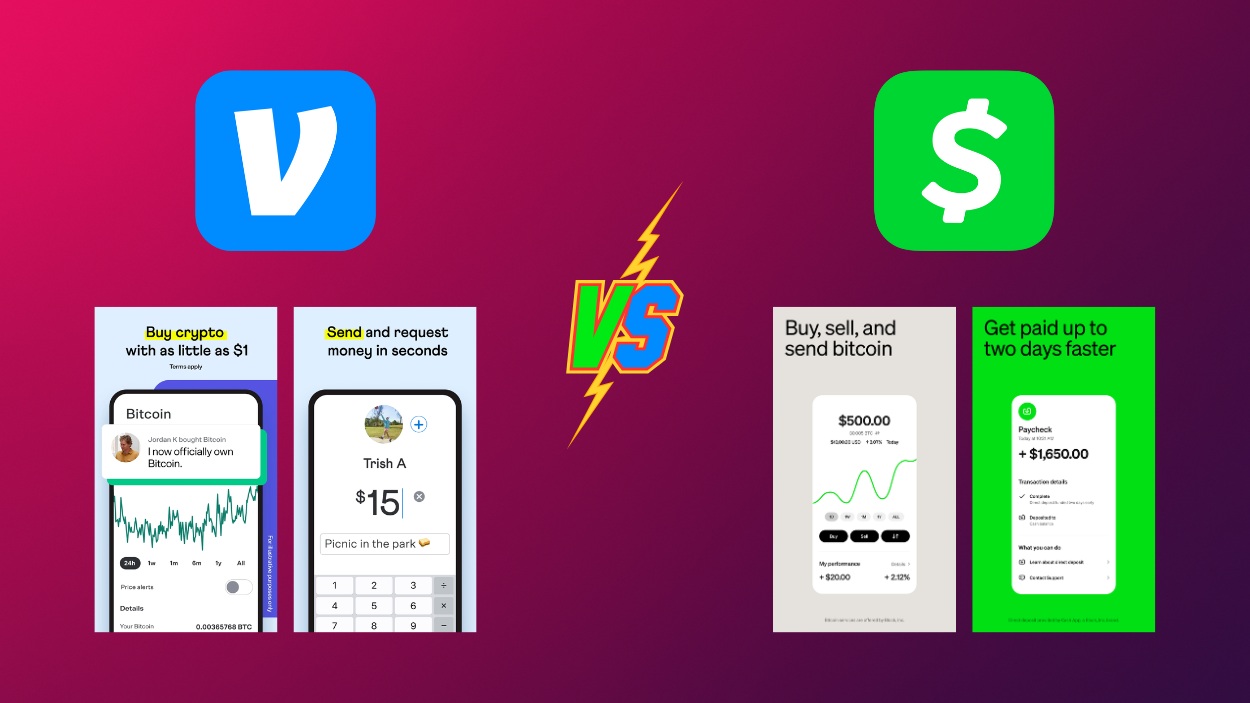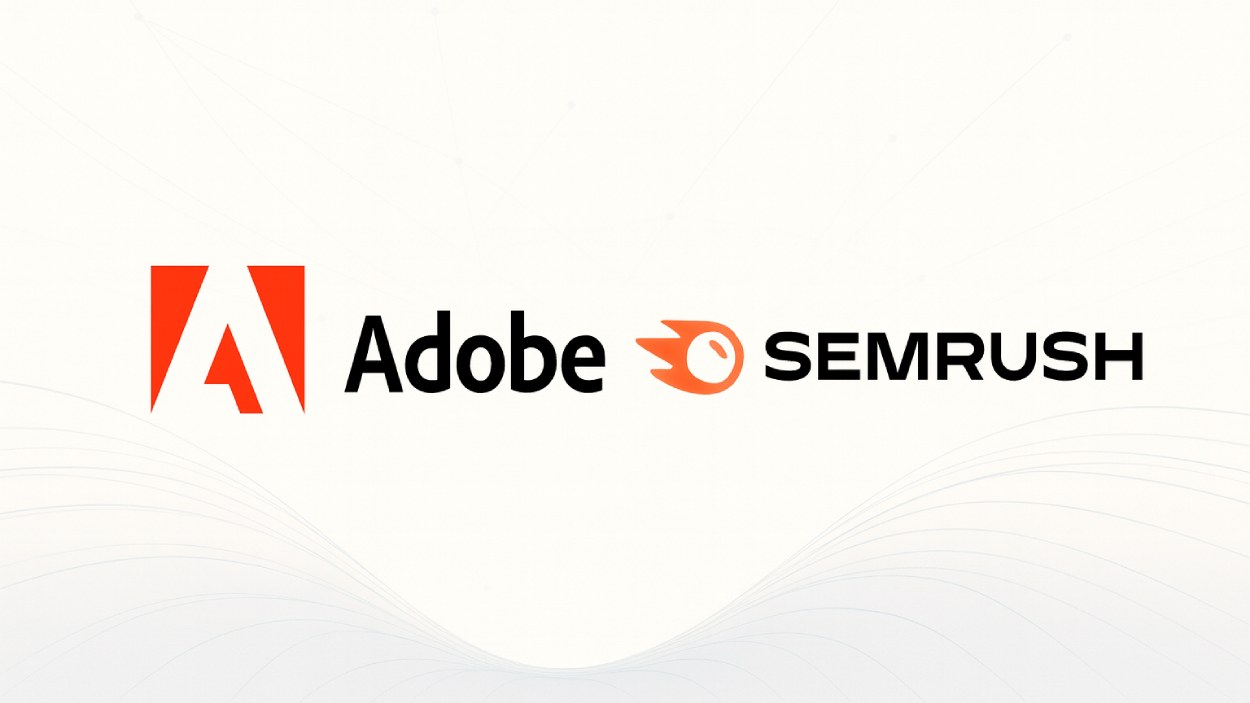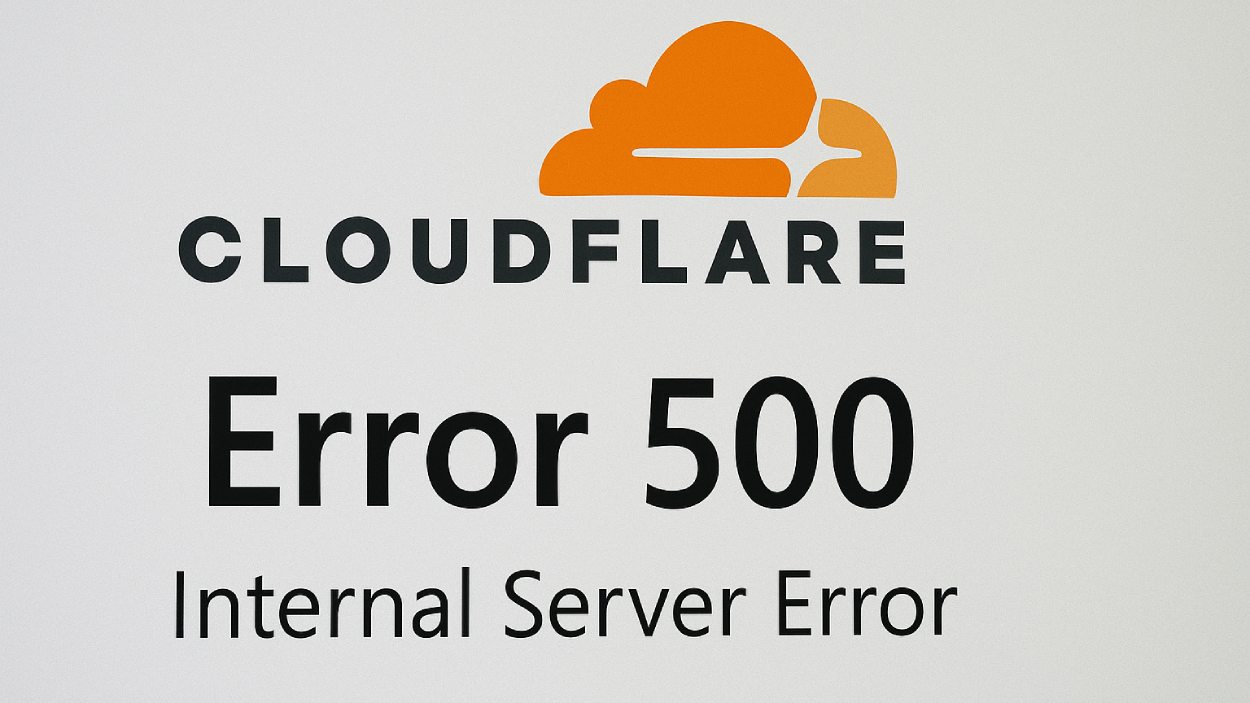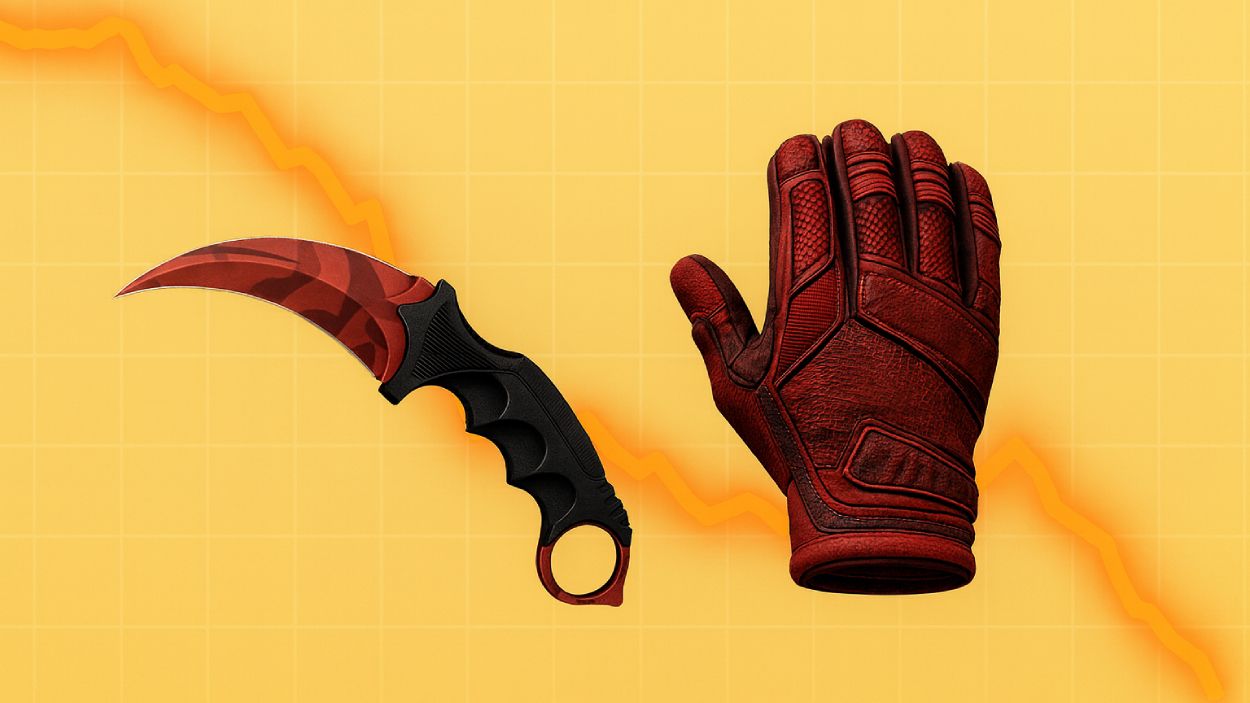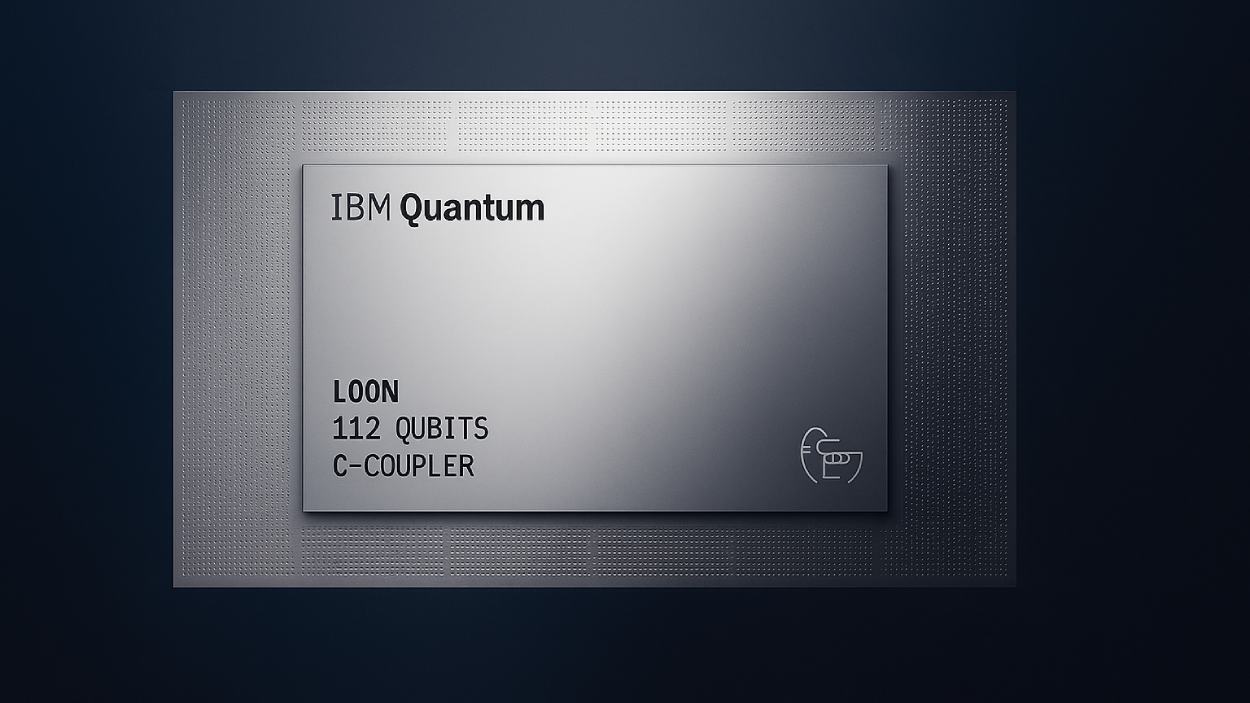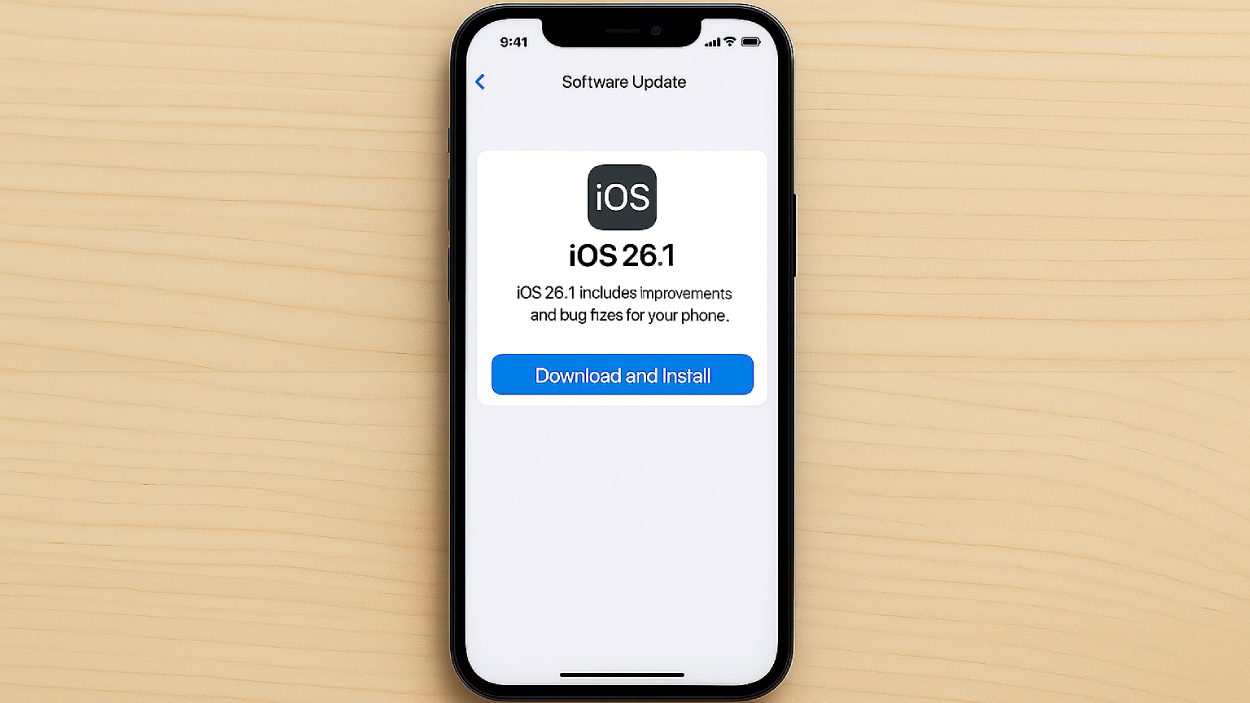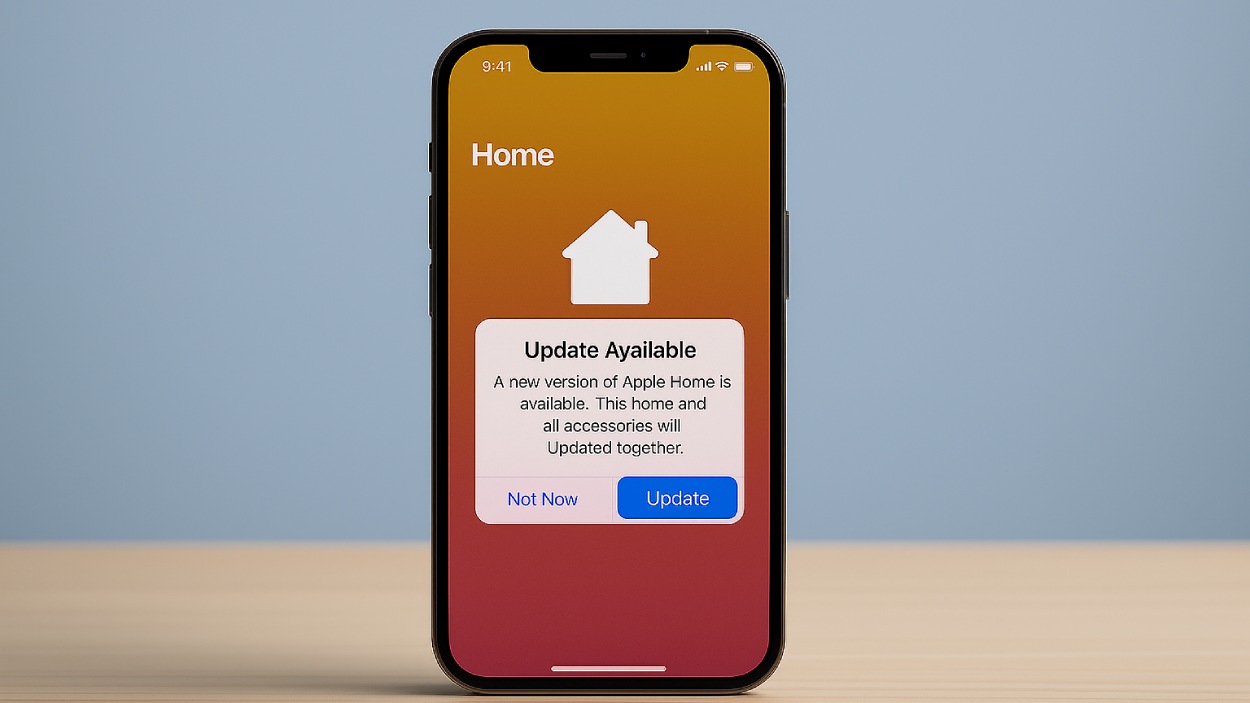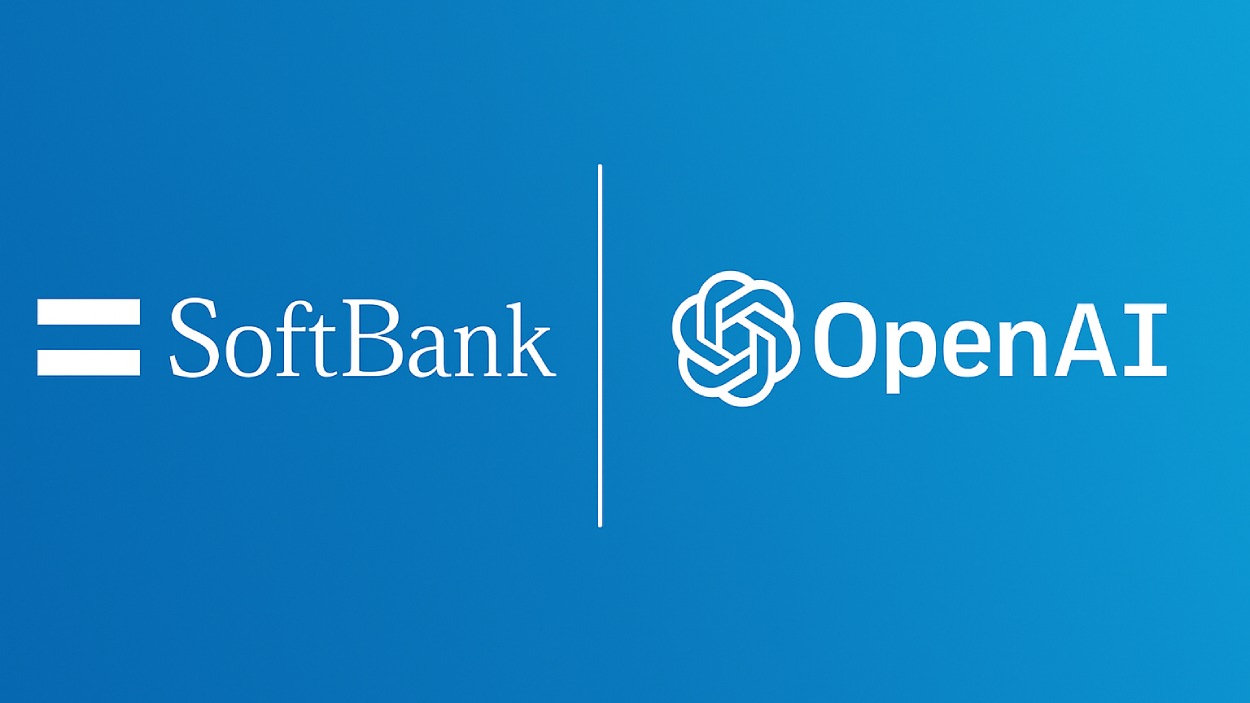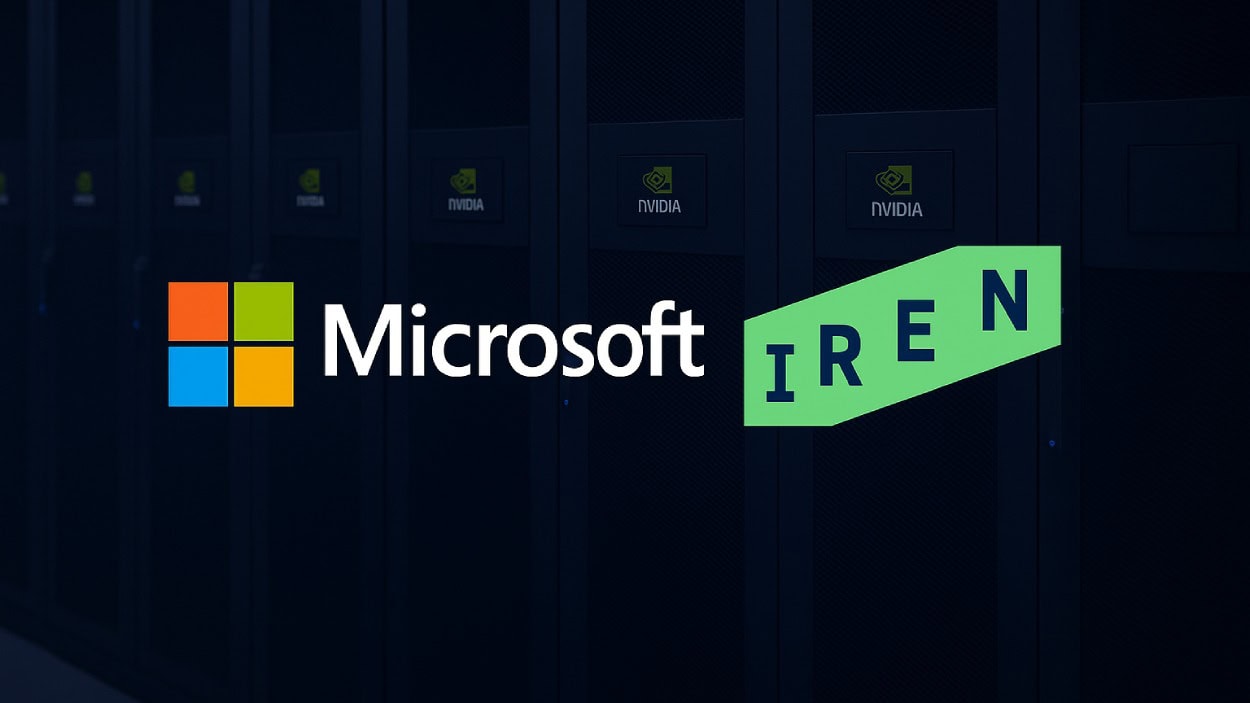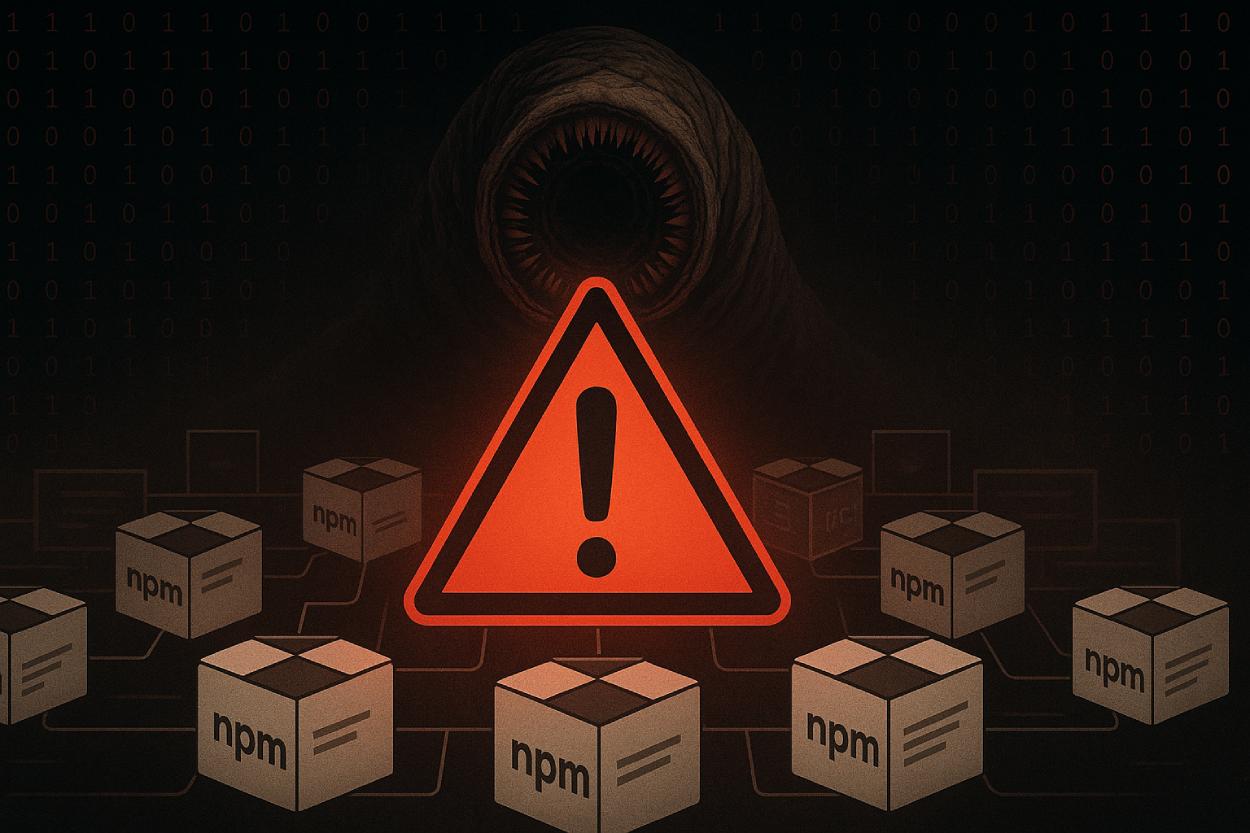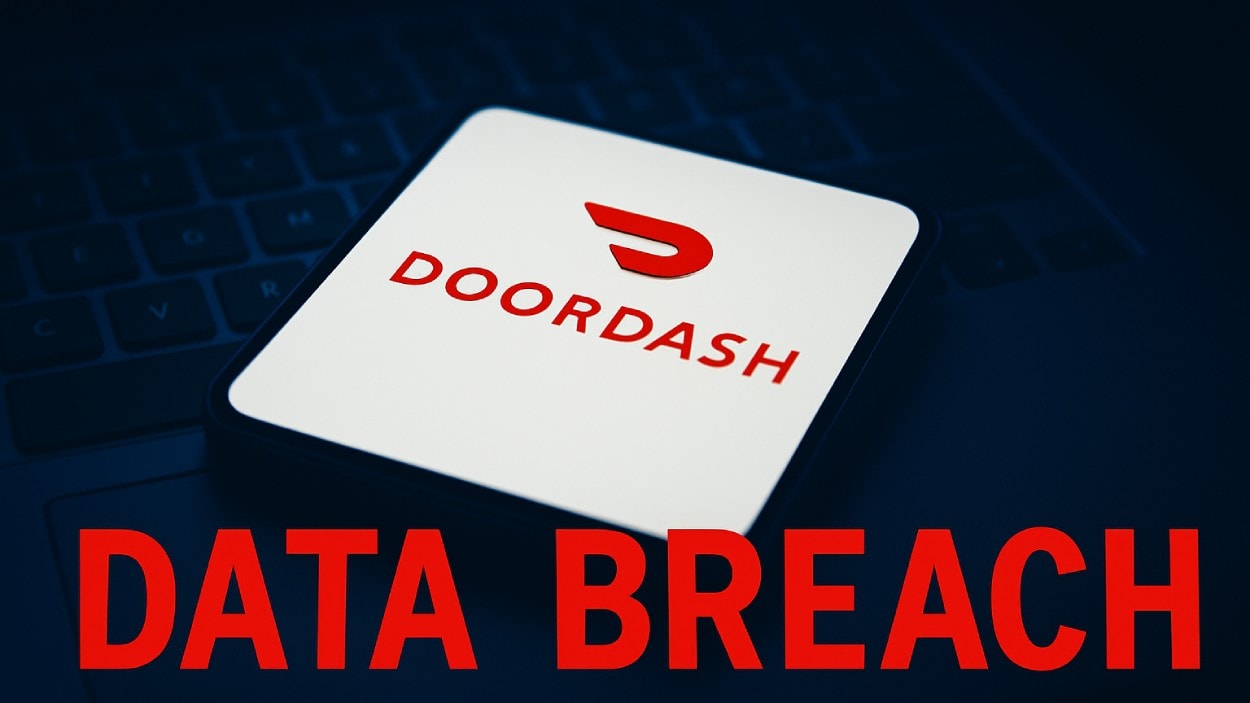The launch of two new crypto index ETFs by 21Shares has given US traders something they have been waiting for: a regulated way to hold a basket of digital assets with a single ticker. Until now, most American products were built around one coin at a time, usually Bitcoin or Ethereum. With this launch, crypto starts looking a bit more like the markets traders already know. Instead of hopping between one-coin ETFs, there’s finally a product that tracks the wider space in one go.
Reuters noted that 21Shares has rolled out its first US multi-asset ETFs, covering names like Ethereum, Solana and Dogecoin, and wrapped them in the stricter ’40 Act structure.
For anyone tired of juggling wallets, exchange accounts and endless token lists, one clean index fund is a welcome change of pace. The products do not remove volatility, but they change how exposure is built and managed.
Why This Launch Matters Now
The timing is not random. For years, there wasn’t a settled view among US regulators on how to treat digital-asset products. Earlier cycles focused on enforcement and narrow approvals. By late 2025, the discussion has shifted towards what a “normal” shelf of crypto products should look like: spot funds, futures, and now multi-asset index vehicles.
At the same time, traders themselves have changed. Many now treat crypto as a sector rather than a collection of isolated bets. Correlations between major coins are high in stress periods, and narratives spread across chains quickly. The idea of holding only a single token increasingly feels like trying to trade the entire equity market through one stock.
There is also a practical angle. A recent deep-dive on AI-driven trading platforms noted that more traders are layering automation, signal dashboards and risk controls on top of their usual exchange accounts, rather than clicking every order by hand.
Index ETFs fit neatly into that world: they are simple to model, easy to hedge, and predictable in how they behave.
What Exactly Has 21Shares Launched?
21Shares has introduced two funds for US investors:
- 21Shares FTSE Crypto 10 Index ETF (ticker TTOP)
- 21Shares FTSE Crypto 10 ex-BTC Index ETF (ticker TXBC)
According to 21Shares’ own documentation, TTOP tracks a market-cap-weighted index of the ten largest crypto assets globally, rebalanced quarterly. TXBC follows a similar methodology but excludes Bitcoin, giving altcoin exposure without BTC dominating the basket. Both funds charge management fees in the region of 0.50–0.65% per year.
The structural twist is the legal wrapper. These are ’40 Act funds, the same regime used for mainstream equity and bond ETFs, rather than the 1933 Act structure used by many earlier crypto vehicles. Professional investors often prefer ’40 Act funds because they come with tighter rules on liquidity, diversification, governance and disclosure.
Operationally, the funds hold exposure via existing European exchange-traded products run by 21Shares that themselves hold the underlying coins. That “fund of funds” design keeps custody and token handling outside the US vehicle, but still gives American traders a straightforward listed product.
How It Changes the Day-to-Day Life of Traders
Until now, a typical active crypto trader faced a choice: pick a handful of coins, keep up with each narrative, rebalance manually, and accept that one bad pick could drag the whole portfolio down; or sit on the sidelines and wait for something simpler.
A multi-coin index ETF offers another route. Instead of managing ten separate lines in a portfolio, a trader can use one ticker as a base. The ETF captures the combined behaviour of large-cap assets: when capital rotates from one major coin to another, the index adjusts with quarterly rebalances. High-conviction traders can still layer individual token positions around it, but their “default state” becomes more diversified.
It also gives clearer information. Watching how the ETF trades relative to Bitcoin or to a favourite altcoin can say a lot about whether a move is local or sector-wide. A broad sell-off in the ETF points to risk-off across the market; divergence between the ETF and one coin hints at something more specific.
The Role of Tools and Data
Traders these days rarely rely on bare price charts alone. Many operate with a mix of screeners, on-chain analytics, derivatives dashboards and automation. That is where these new ETFs can play a quiet but important role.
For those who already structure their day around dashboards, screeners and crypto tools, an index ETF can act as the “spine” of the portfolio. The tools can focus on timing, relative strength and risk overlays, while the ETF quietly carries broad exposure in the background. Rather than adjusting the weight of each token over and over, traders can pay attention to the moments when the market actually changes gear.
Risks, Limits, and Things That Can Go Wrong
None of this makes the product safe in the conventional sense. The underlying assets are still cryptocurrencies, with all the familiar traits: sharp drawdowns, gaps on news, liquidity pockets, and changing regulation. A diversified basket can soften the impact of a disaster in one coin, but it cannot protect against a broad market crash or a crisis of confidence in the asset class.
There are structural considerations as well. Because the US ETF holds other funds rather than coins directly, tracking error may appear in fast markets. Additional layers of fees can accumulate between the index, the European products and the US vehicle. Early-stage liquidity might be thin, which means wider spreads when placing larger orders.
Regulation is another moving piece. While the ’40 Act structure is designed to be robust, the tax and compliance treatment of multi-asset crypto funds can evolve. Traders need to keep an eye on guidance from the SEC, tax authorities and local regulators, especially if they operate cross-border strategies.
Practical Use Cases for the New Index ETFs
- Use the ETF as a core holding that tracks the overall performance of large-cap crypto, instead of managing many single-asset positions.
- Add tactical trades in individual tokens around that core when a specific narrative looks strong, rather than rebuilding the portfolio each time.
- Treat the ETF’s price action as a quick gauge of sector health when deciding whether to scale risk up or down.
- Build hedges against the ETF using futures or options, which can be easier than hedging several coins separately.
- Offer clients or investors a regulated, easy-to-explain vehicle for crypto exposure, particularly in portfolios where direct token custody is not allowed.
Link Back to Broader Market Trends
This launch does not sit in isolation. Over the past year, statistics-driven research on crypto trading, exchange activity and regulation has all pointed in the same direction: markets are becoming more professional, and investors expect clearer structures.
At the same time, there is a steady migration towards automation and rule-based systems. The feature on AI trading platforms mentioned earlier describes traders building stack-like workflows: data feeds at the bottom, analytics and models in the middle, and execution on top. A multi-asset ETF is easy to plug into that stack. It behaves more like an index future in traditional markets than a speculative single coin.
The 21Shares products may also encourage copycats. Other issuers are already lining up altcoin and sector-focused ETFs, and some are looking to convert existing funds into index-style vehicles. The competitive pressure should, over time, lead to tighter fees, more choice of index methodology, and better liquidity for traders.
Where This Leaves Traders
For active traders, the key question is not whether multi-coin index ETFs are “good” or “bad”, but how they fit into an existing playbook. Some will remain focused on direct token trades, particularly in early-stage projects. Others will see these ETFs as a way to simplify their setup and reduce operational load.
In practice, a blended approach is the most likely outcome. A trader might hold one of these ETFs as a long-term base, then use single-asset positions, derivatives and structured trades to express shorter-term views. If the ETF does its job, it will quietly reflect the market’s broad direction while leaving room for creativity at the edges.
What is clear already is that the menu of crypto instruments in the US is starting to resemble that of more established markets. Spot funds, futures, options, and now multi-asset index ETFs sit side by side. That gives traders more ways to shape exposure and more tools to manage risk, and it marks another step away from the era when “being in crypto” simply meant holding one volatile coin and hoping for the best.







